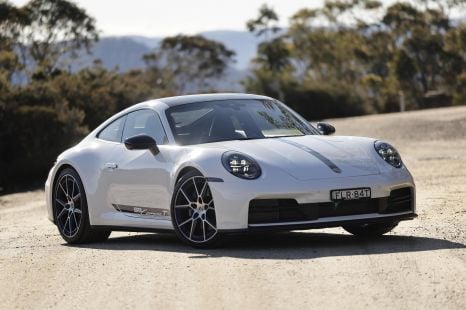

Matt Campbell
2025 Porsche 911 Carrera T review
5 Days Ago
Another monthly record for the resurgent Australian market, but how much is due to backorders and how much to new demand?

Senior Contributor


Senior Contributor
The rebounding Australian car market has posted another all-time monthly sales record as supply normalises and backorders dwindle.
August new car sales totalled 109,966 units according to the Federal Chamber of Automotive Industries (FCAI), up 15.4 per cent on the same month in 2022. This is the best August on record.
The Australian market also broke all-time records this year in both May and July, and recorded the best June in five years. Year-to-date (YTD) sales sit at 788,584 sales, up 9.9 per cent for the highest tally since 2017.
| YEAR | AUG SALES | YTD SALES |
|---|---|---|
| 2023 | 109,966 | 788,584 |
| 2022 | 95,256 | 717,575 |
| 2021 | 81,199 | 732,828 |
| 2020 | 60,986 | 575,906 |
| 2019 | 85,633 | 723,283 |
| 2018 | 95,221 | 786,294 |
| 2017 | 96,662 | 788,968 |
| 2016 | 94,909 | 784,380 |
| 2015 | 90,705 | 761,440 |
| 2014 | 88,157 | 737,975 |
This is suggestive of greatly improved imports despite ongoing quarantine issues at ports and lingering supply chain issues caused by COVID and the war in Ukraine, meaning order holders are taking their delayed deliveries.
“The Australian automotive sector continues to demonstrate its strength, with August recording unprecedented sales figures, reflecting both a high level of demand from Australians and improved supply of vehicles,” claimed FCAI chief executive Tony Weber, pointing to “the underlying strength of the market”.
“As consumers continue to embrace low emissions technologies we are seeing growth in electric, plug-in and hybrid vehicle sales. More than 1 in 6 vehicles sold in the month of August featured low emissions technologies,” he added.
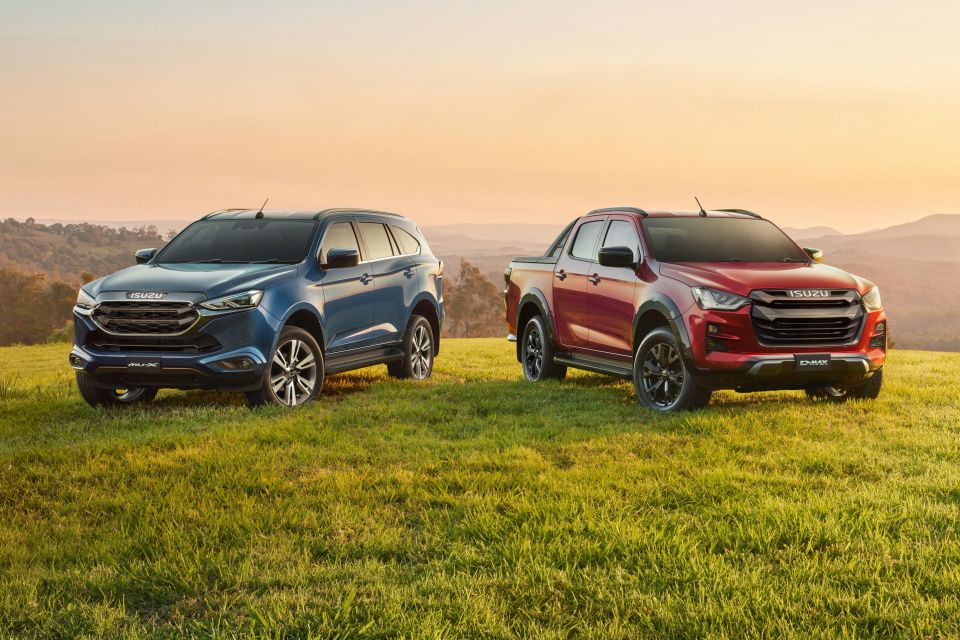
Electric vehicles grabbed 8.6 per cent share of the passenger and SUV market, while hybrids including plug-in hybrids (PHEVs) took 15.6 per cent passenger and SUV share.
Sales across every state and territory increased, while the Toyota HiLux and Ford Ranger topped the overall sales charts once again.
Market leader Toyota (22,231 sales) returned its market share to above 20 per cent and had six models inside the overall top 20 nameplates. Mazda’s sales (8458) contracted slightly but it held onto second place ahead of Ford (7898), which managed 35.3 per cent growth for the month.
Hyundai (6513) edged Kia (6510) by the barest of margins, but both Korean brands contracted slightly. Completing the top 10 were MG (5368), Mitsubishi (4961, with another month in the red as the current Triton nears runout), Isuzu Ute (4712 for a new all-time record), Subaru (4706), and Nissan (4233, up more than 150 per cent).
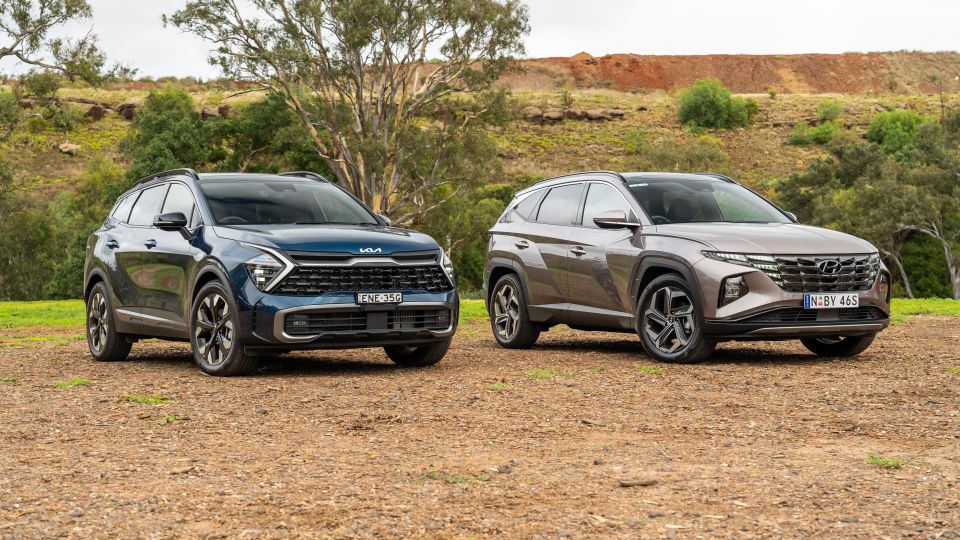
Nissan’s result is a return to form on the back of the new-generation Qashqai and X-Trail, and a monster month (1032 units) for the mighty V8 Patrol.
Smaller brands that posted strong growth included Volkswagen (up 29.7 per cent thanks to improved supply), LDV (up 27 per cent), Lexus (easily on record pace, up a massive 253.2 per cent led by NX), Land Rover (up 217.7 per cent led by Defender and Range Rover Sport), Volvo (up 45.9 per cent), Skoda (up 70.7 percent), and SsangYong (up 36 per cent).
Several new or near-new brands managed solid results, notably BYD (803 sales), Chery (760 sales), Cupra (302 sales), Polestar (225 sales), and Genesis (190 sales).
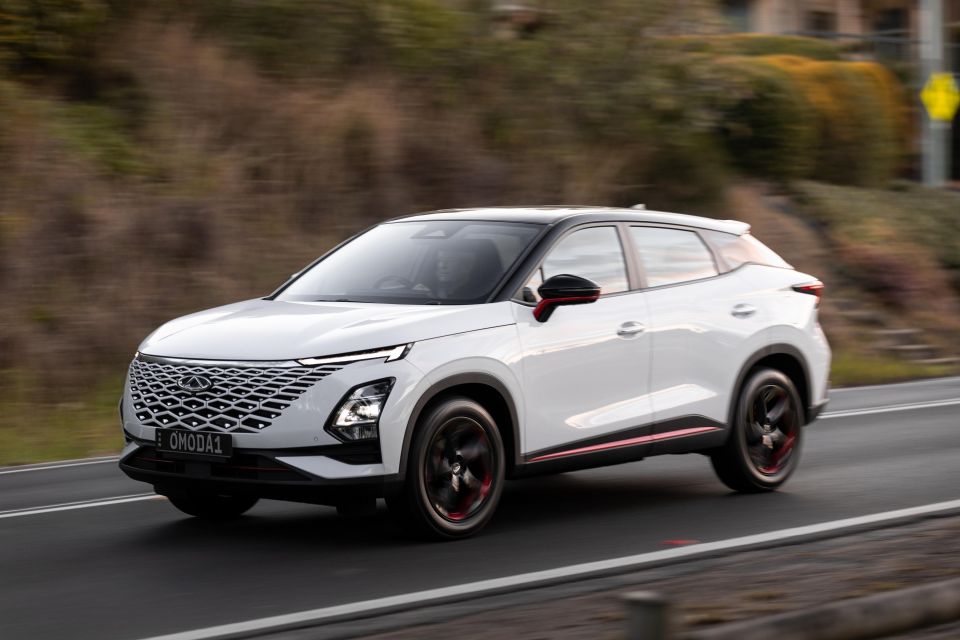
A few smaller OEMs that struggled in August included Mitsubishi (down 22.2 per cent), Mercedes-Benz (down 12.8 per cent), Suzuki (down 33.3 per cent), Renault (down 10.5 per cent), and Jeep (down 45.2 per cent).
| BRAND | SALES | CHANGE |
|---|---|---|
| Toyota | 22,321 | 8.3% |
| Mazda | 8458 | -4.1% |
| Ford | 7898 | 35.3% |
| Hyundai | 6513 | -2.0% |
| Kia | 6510 | -4.0% |
| MG | 5368 | 74.6% |
| Mitsubishi | 4961 | -22.2% |
| Isuzu Ute | 4712 | 68.3% |
| Subaru | 4706 | 59.0% |
| Nissan | 4233 | 154.1% |
| Volkswagen | 3721 | 29.7% |
| Tesla | 3309 | -2.6% |
| GWM | 2878 | 9.1% |
| Mercedes-Benz | 2508 | -12.8% |
| BMW | 2272 | -5.1% |
| LDV | 1826 | 27.0% |
| Lexus | 1685 | 253.2% |
| Suzuki | 1430 | -33.3% |
| Audi | 1344 | -0.4% |
| Honda | 1184 | -6.0% |
| Land Rover | 1039 | 217.7% |
| Volvo Car | 1037 | 45.9% |
| BYD | 803 | – |
| Chery | 760 | – |
| Skoda | 698 | 70.7% |
| Renault | 668 | -10.5% |
| Ram | 541 | -2.0% |
| SsangYong | 487 | 36.0% |
| Porsche | 418 | 38.9% |
| Jeep | 374 | -45.2% |
| Cupra | 302 | 160.3% |
| Chevrolet | 289 | 5.9% |
| Peugeot | 275 | 35.5% |
| Mini | 242 | -22.4% |
| Polestar | 225 | 492.1% |
| Genesis | 190 | 113.5% |
| Fiat | 184 | 152.0% |
| Alfa Romeo | 80 | 35.6% |
| Maserati | 64 | 42.2% |
| Jaguar | 47 | -45.3% |
| Citroen | 29 | 222.2% |
| Lamborghini | 28 | 12.0% |
| Lotus | 21 | – |
| Ferrari | 20 | -13.0% |
| Bentley | 13 | -23.5% |
| McLaren | 9 | -30.8% |
| Chrysler | 7 | 600.0% |
| Aston Martin | 6 | -53.8% |
| Rolls-Royce | 6 | 50.0% |
The Toyota HiLux edged out the Ford Ranger by the barest of margins, but Ford won’t mind so much considering it dominated the more profitable 4×4 market. The Toyota RAV4 returned to third place on the charts.
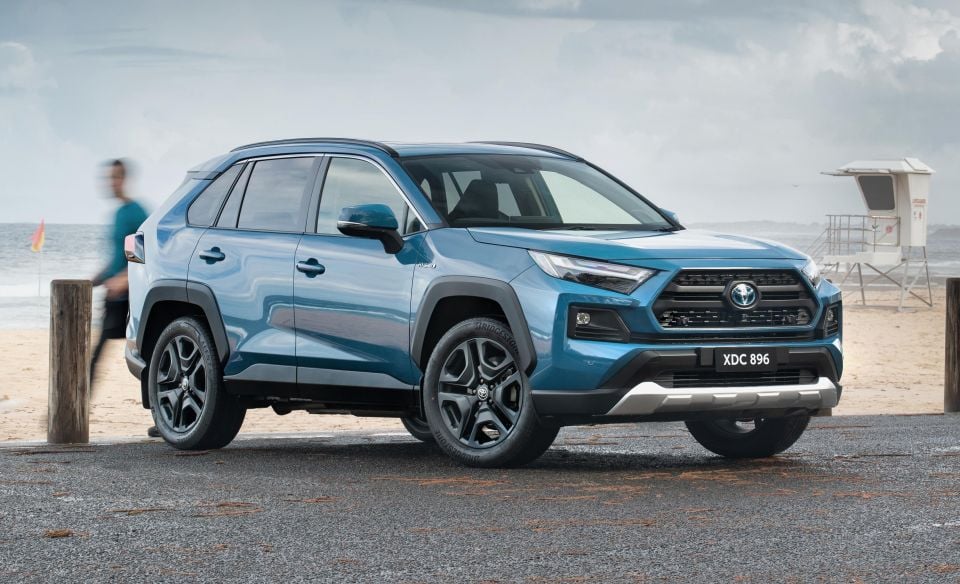
The Isuzu D-Max had its best month on record as supply improves, making it three utes inside the top four. Add the Mazda BT-50 twin into the mix and the badge-engineered pair finished clear in third overall.
Rounding out the top 10 were the MG ZS, Toyota Corolla (after some time outside the top 10), Tesla Model Y, Hyundai Tucson, Mitsubishi Outlander, and Toyota Prado.
From the top 20 nameplates, seven were mid-sized SUVs, five were large SUVs, four were utes, two were small cars, one a mid-sized sedan, and one a small SUV.
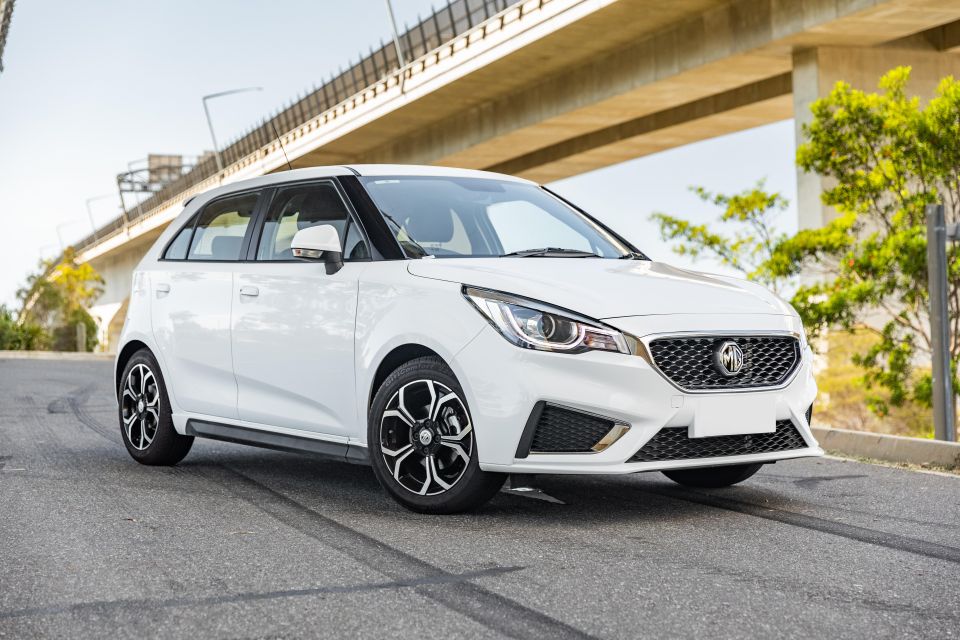
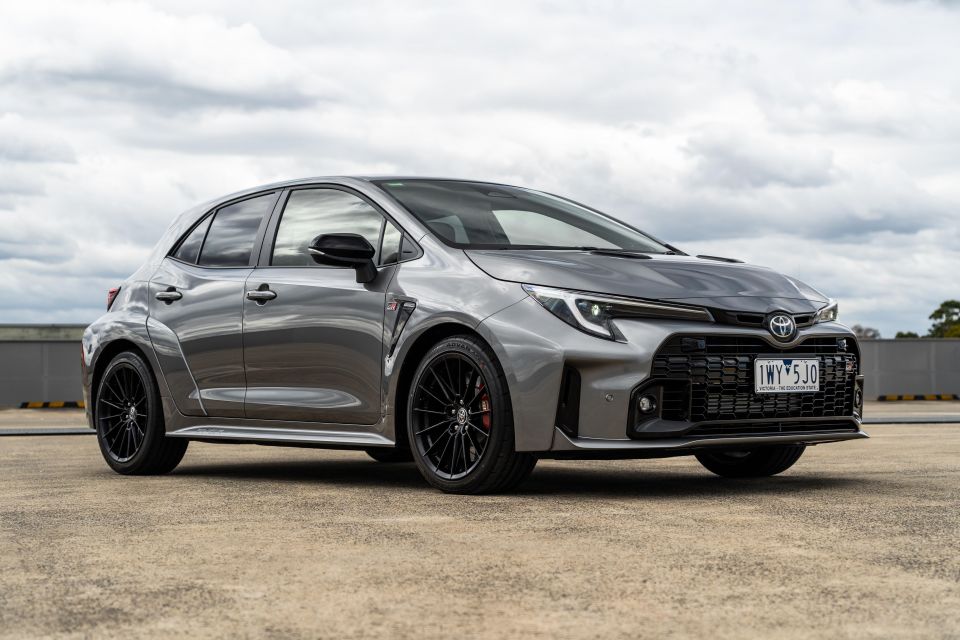
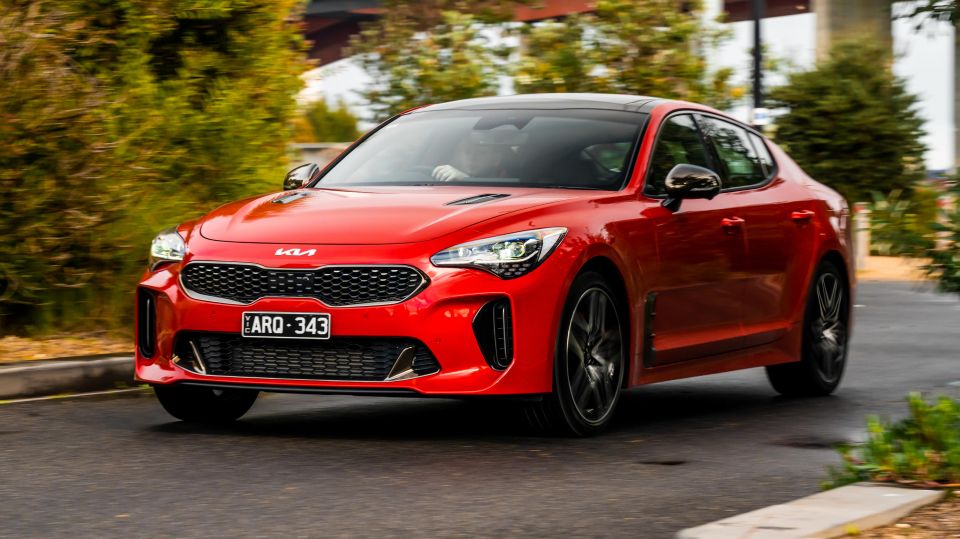
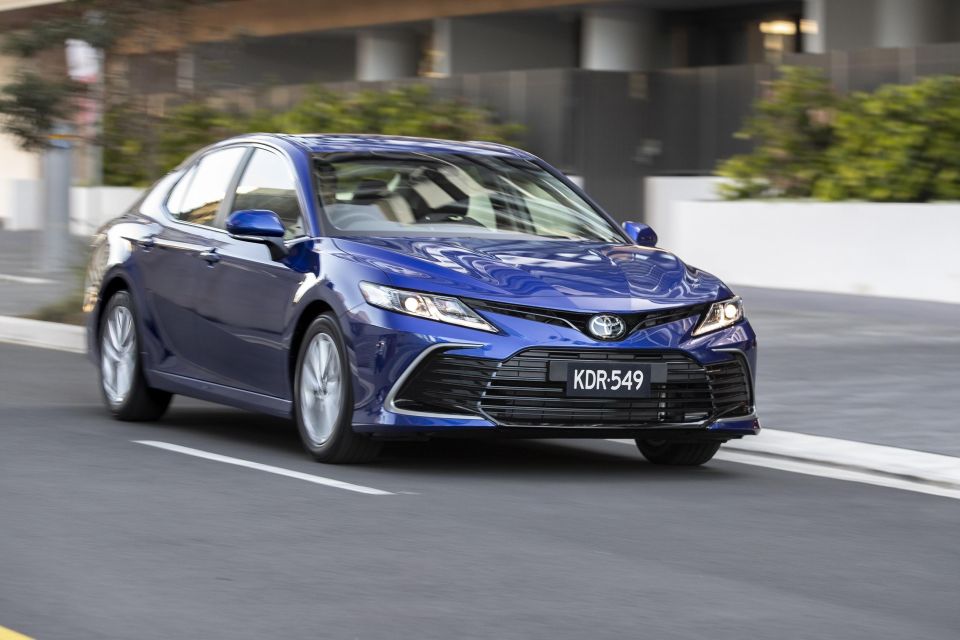
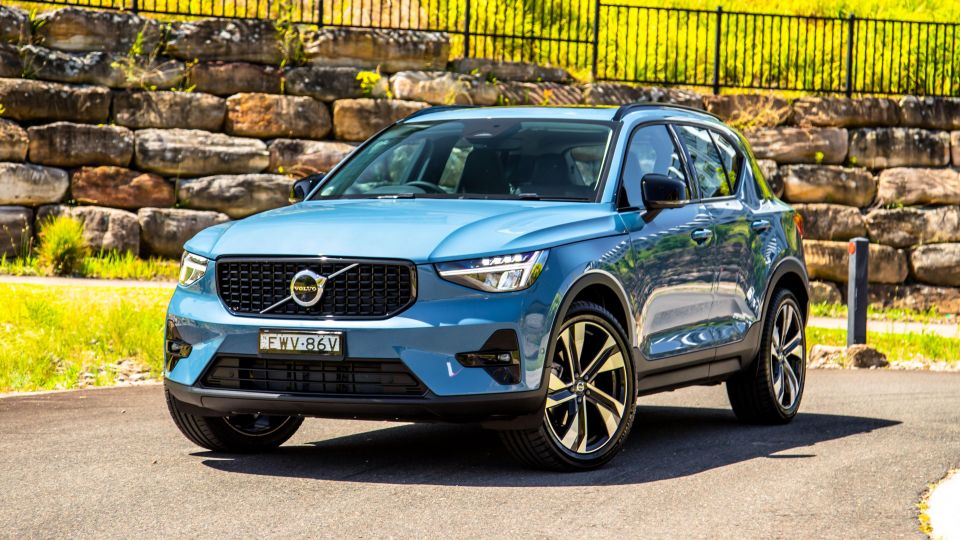
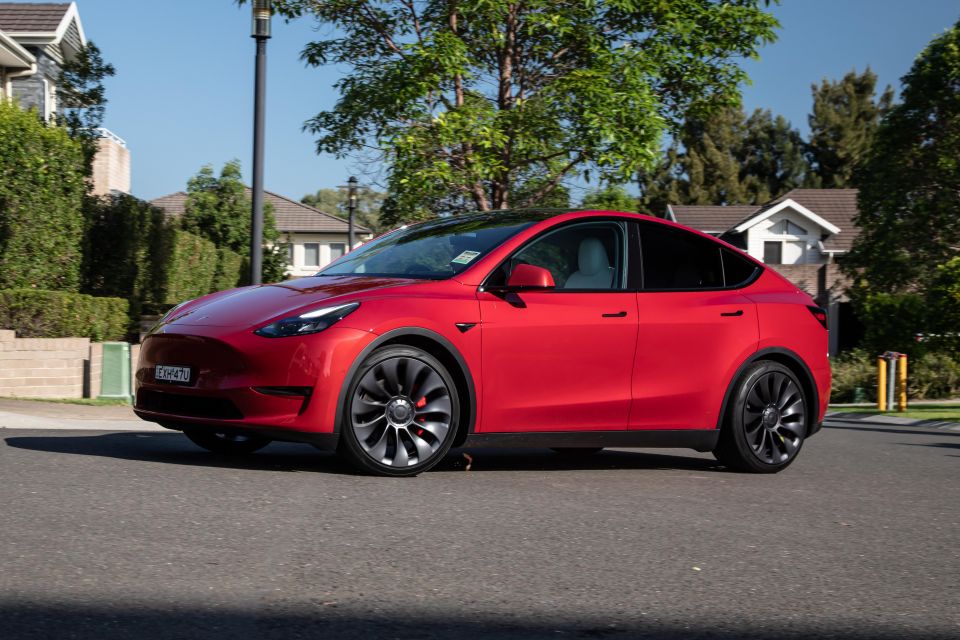
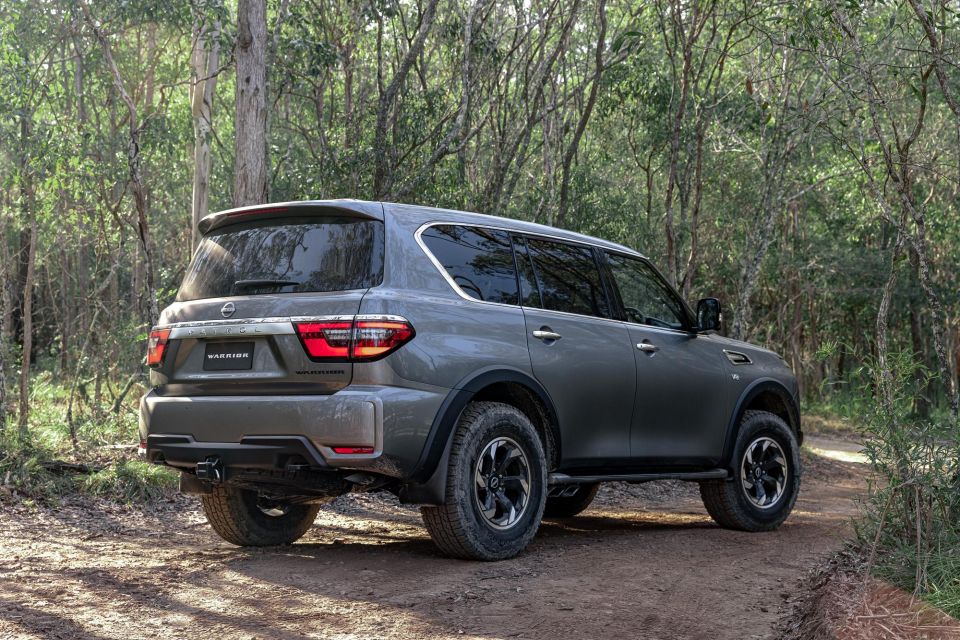


Sales by region
Category breakdown
Top segments by market share
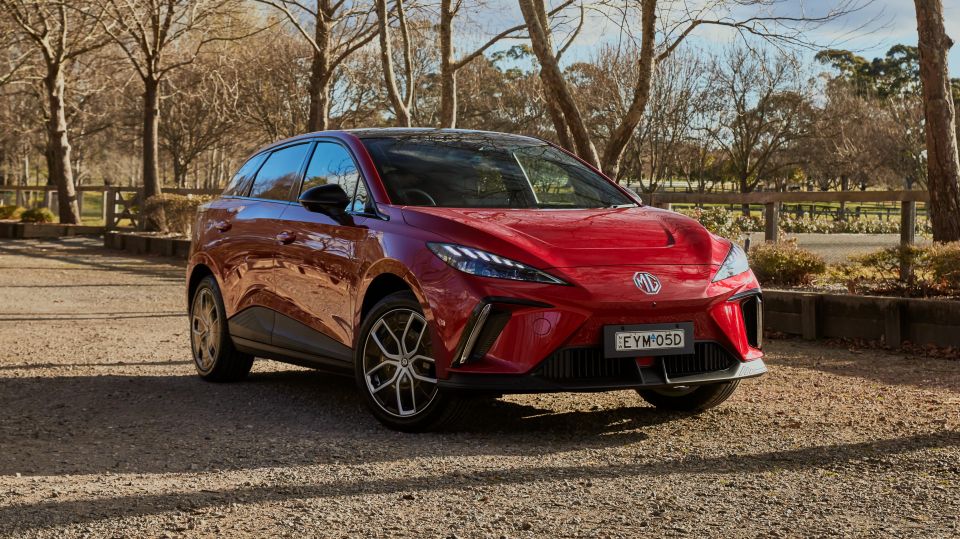
Sales by buyer type
Sales by propulsion or fuel type
Sales by country of origin
Got any questions about car sales? Ask away in the comments and we’ll jump in!


Matt Campbell
5 Days Ago


James Wong
4 Days Ago
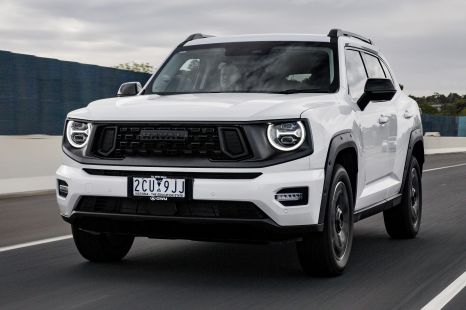

Max Davies
3 Days Ago
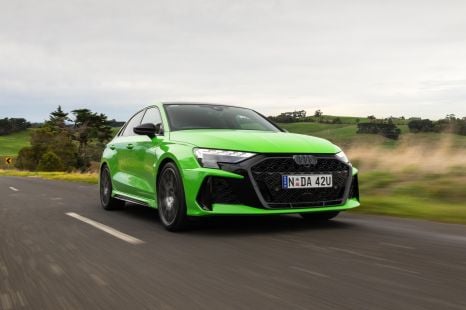

Josh Nevett
2 Days Ago
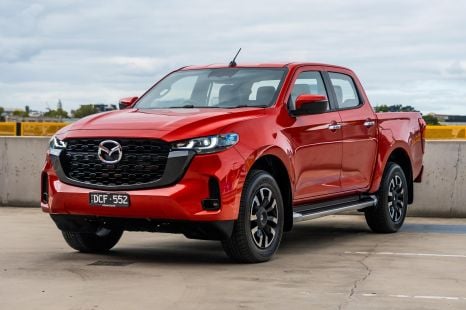

Josh Nevett
1 Day Ago
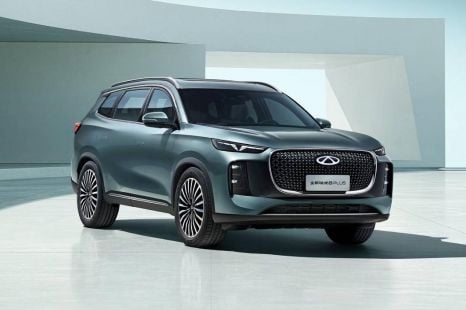

William Stopford
14 Hours Ago